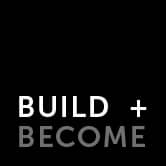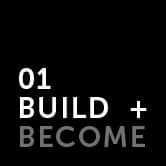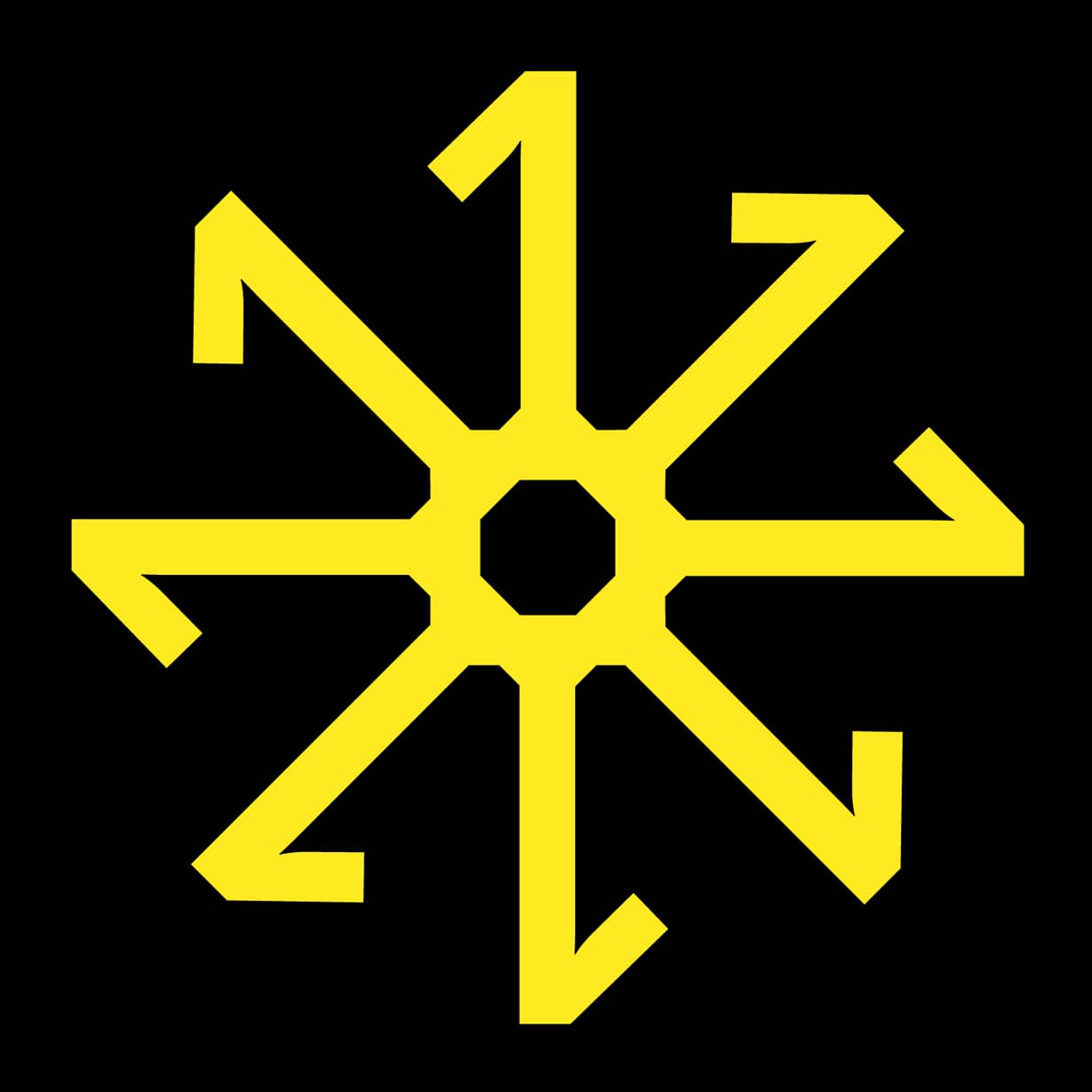BEING CREATIVE
BE INSPIRED.
UNLOCK YOUR ORIGINALITY.
MICHAEL ATAVAR

INTRODUCTION
Welcome.
This book is called Being Creative. Note the title being not generating, learning or even becoming creative. These terms imply a journey towards creativity, something that you dont yet own. However, by using the word being I am confirming that you already are creative (you just dont know it).
Being is an inner state. It is the generous quality of the child; it is playfulness, exploration and freedom. Whether you accept it or not, whether you activate it or not you are inherently creative.
Say hello to creativity.
Being also implies process, and process is central to this book. Use this volume as a toolkit, a set of procedures that help you, step by step, grow yourself.
Creativity is nothing other than you.
This might be something of a shock. After all, we often treat creativity as if it were a thing separate from us: something thats in the distance, a goal rather than an inner state. Its only glimpsed in the prerogative of other people. I see creativity more as a currency, day-to-day breathing, whats in front of you: not something elevated or obscure, but the everyday seeing of each of us.
This book sets out five major areas: beginning, process, persistence, methodology and ending, each with several active examples. Rather than create a set of rules that you must apply, Ive added some experimental formulas, a series of opportunities, and illustrated each section with at least one response from my own practice a moment when I learned something, got stuck or stepped forward.
I hope that these stories are useful. We often hear that creativity is easy, straightforward, quick to integrate thats not my experience. I find creativity challenging. However, the creative does hold a lot of potential for personal change and development. It moves you forward dynamically. Through this book you will acquire the abilities and resources needed to find your original self.
A touch of the radical is also useful. There are exercises here that challenge you to be visible, to find your voice. Try to integrate these in small ways. As you descend into an underpass, arrive at a magazine shop or walk along streets filled with discarded wrappers, bring your awareness to these events, locating in each abandoned serviette, each concrete step, a small moment of internal knowledge.
This concentration, this cognition is creativity. It can be achieved anywhere; you can even do it now, as you read this text. Its easy to fool yourself that creative potential lies somewhere else in computers, in Los Angeles, in superstar vehicles, in Tokyo, in shimmering TV screens. Actually, the contrary is true. It begins with you. The live moment is where creativity happens.
Start with the simple means that you have in front of you now do not try to abnegate your responsibility by delaying the start. Press play. What is your current reality?
Record it and begin.
I see creativity more as a currency, day-to-day breathing, whats in front of you: not something elevated or obscure, but the everyday seeing of each of us.
HOW TO USE THIS BOOK
This book is organised into five parts and 20 key lessons covering the most current and topical debates of creative thinking today.

Each lesson introduces you to an important concept,

and explains how you can apply what youve learned to everyday life.

As you go through the book, TOOLKITS help you keep track of what youve learned so far.

Specially curated FURTHER LEARNING notes give you a nudge in the right direction for those things that most captured your imagination.

At BUILD+BECOME we believe in building knowledge that helps you navigate your world. So, dip in, take it step-by-step, or digest it all in one go however you choose to read this book, enjoy and get thinking.
IT BEGINS WITH YOU.
Beginning is every day.
Noticing is an active feeling.
Creativity = doing.
Action involves experiment.
My philosophy is that beginning is every day; beginning is life. We are always beginning. Therefore, you can consciously integrate a small amount of beginning into every action, every project.
Here is the first part of the book its about beginning.
Simply put: how can you start?
Its easy to become overwhelmed by the fear of beginning. You can get caught up in what you dont have the perfect studio, the ideal computer, the right job. None of these are present, so you believe that you cant start.
This is usually a defence; perhaps unconsciously you dont really want to begin, so you find fault with the environment and push your anxiety onto that element.
Be careful. Starting is difficult. It demands rigour it needs direction from you.
However, there are strategies that you can use to overcome this anxiety of starting.
My philosophy is that beginning is every day; beginning is life. We are always beginning. Therefore, you can consciously integrate a small amount of beginning into every action, every project.
In this way, you dont give the feeling of anxiety too much power; you make it a daily action, important, but not overwhelming.
Integrate continuous failure and continuous success into your creativity, so that these elements come to you like waves; they flow through you.
With these methods you can address the fears of beginning while remaining centred, dynamic.
Always, in this book, I will bring the idea back to you. What do you want, think, feel, believe? Therefore, when we look at beginning, we must also discuss what is stopping you from starting.

BEGINNERS MIND
To help me address the anxiety of starting, I often return to the Zen Buddhist idea of beginners mind everything is beginning. You begin every day, every moment. You begin when you breathe, when you inhale and exhale.
In beginners mind there is possibility, openness, curiosity: all qualities that are useful for an exploration of creativity.
















